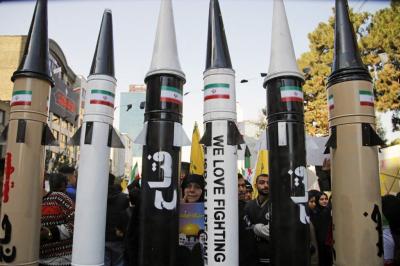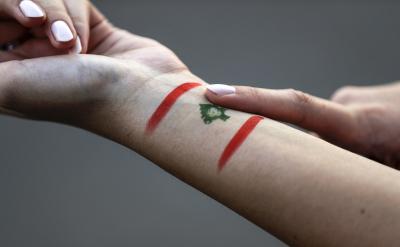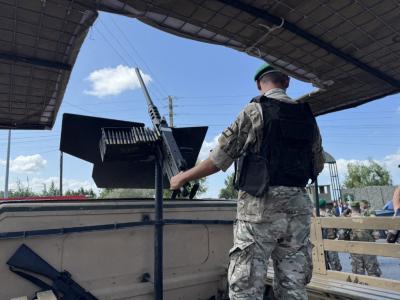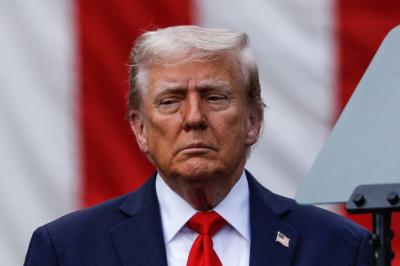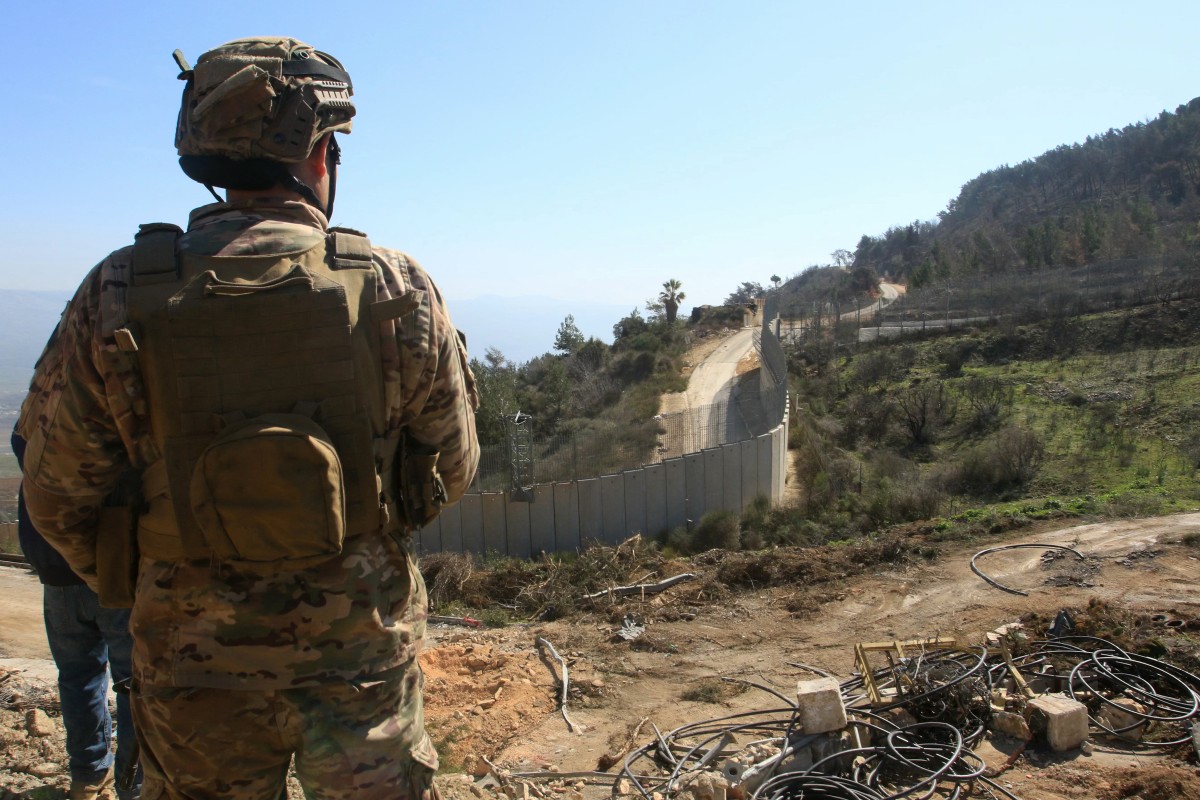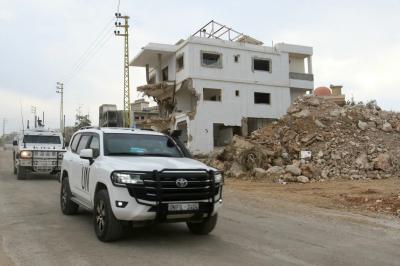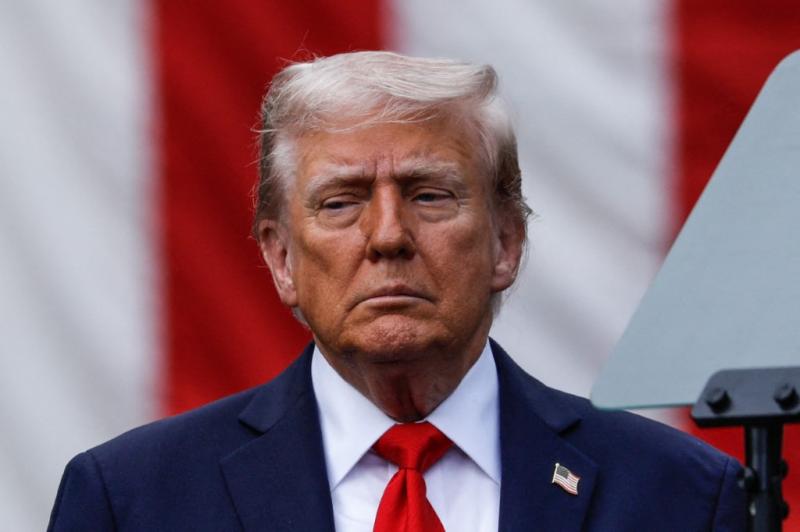Building an image and shaping a public perception requires time, relentless effort, and cumulative work—whether by individuals or groups. Yet, destroying that image or shattering that perception can happen in the blink of an eye, especially when an error borders on a sin. Mistakes may dent a reputation, but sins crush it entirely.
After the Lebanese Civil War ended in 1990—leaving every militia stained by its horrors regardless of the nobility of their causes, including Hezbollah—those militias proceeded with rebranding their image. They tried to shed their pasts and recast themselves as political actors. Warlords were repackaged as statesmen, embracing parliamentary and ministerial roles in a bid for legitimacy.
Hezbollah alone was exempt from surrendering its weapons—thanks to the post-Taif political realignment, a shift in power dynamics, and its military role under the Syrian-Iranian alliance. The party embarked on rebranding its military image by replacing the label of “militia” with that of “resistance,” burying its bloody confrontations with Amal, the Communists, and others beneath its battle narrative against Israel.
Following Israel’s withdrawal from Lebanon on May 25, 2000—an event Hezbollah claimed as its own achievement—and its vow to erase the “cancerous tumor” of Israel, describing it as “weaker than a spider's web,” the party rose to prominence across the Arab world. Its leader, Hassan Nasrallah, became the top Arab figure, idolized by Islamic, Nasserist, leftist, and pan-Arab circles alike. After all, “Palestine”—which Hezbollah has always claimed as its primary cause—remained the emotional center of the Arab world.
But the accusations directed at Hezbollah following the adoption of UN Security Council Resolution 1559, and especially after the assassination of Prime Minister Rafik Hariri on February 14, 2005, began to chip away at its image. Its leadership of the March 8 bloc and its infamous “Thank you, Syria” rally didn’t help. However, Hezbollah swiftly regained lost ground through its 2006 war with Israel, rekindling sympathy simply by taking on the Jewish state and successfully capturing two Israeli soldiers.
Everything changed on May 7, 2008.
That day, Hezbollah launched an armed assault on Beirut, turning its weapons inward for the first time in years. It was a political and moral catastrophe—the sin that shattered the carefully curated image of the resistance, not just in Lebanon but across the Arab world. Regardless of the pretexts—whether it was the state’s move against Hezbollah’s private telecom network, the replacement of the airport security chief, or fears over the group's arsenal—none justified what transpired. Even Nasrallah’s claim that it was a “glorious day” could not salvage it. May 7 marked a turning point—the beginning of the countdown to the fall of Hezbollah’s weapons.
Seventeen years later, between May 7, 2008, and May 7, 2025, everything has changed. Back then, Hezbollah:
- It was fully prepared militarily and in terms of security.
- Enjoyed a sense of invincibility after the “Mar Mikhael Agreement” and the 2006 war, following a brief dip in confidence during the Cedar Revolution and Resolution 1559.
- Drew strength from a robust “Axis of Resistance” and from a militarily and politically active Syria under the Assad regime.
- Benefited from a presidential vacuum.
- Counted on the Lebanese army being politically shackled, unable to protect civilians or enforce stability.
- Knew that the Future Movement’s ability to counter it was feeble at best.
But now, the reality is starkly different:
- Hezbollah has lost much of its military and security preparedness. Its weaponry and ammunition have been consumed, damaged, or cut off from supply, while it suffered a sudden loss of nearly 4,000 personnel following an unprecedented Israeli strike that wiped out its pager communications system. It has also lost many seasoned first-generation commanders with combat experience from Lebanon, Bosnia, Yemen, and Syria.
- Its base is disillusioned. The myth of “deterrence with Israel” has collapsed, no reconstruction effort is in sight, and the era of “Shia political supremacy” appears to be over.
- The “Axis of Resistance” is crumbling. Its supply lines have been severed, and its Syrian stronghold has disintegrated with the Assad regime’s decline.
- A new president is in office—one resolute in asserting state authority and exclusive control over weapons.
- The Lebanese army now has both the mandate and political backing to maintain internal security, as shown during the Tayouneh incident.
- The international community has decided to strike at Iran’s regional arms, and the future of Iran’s regime itself is uncertain.
- Hezbollah is under intense international scrutiny. Armed activity will no longer be tolerated or overlooked.
In 2008, Hezbollah used the appointment of the airport’s security chief as a pretext to turn its weapons inward. Today, major airport reshuffles, the shutdown of the "military line," and the banning of Iranian planes have been met with little more than a token response—briefly blocking the airport road, a gesture that seemed more symbolic than serious.
In 2008, Hezbollah claimed the state was targeting its telecom network. Today, its tunnels have been destroyed, and its communications network—crippled by the destruction of its pagers—is now obsolete in the face of Israeli technological and intelligence superiority.
No matter how loudly Hezbollah threatens that “any hand reaching for its weapons will be cut off,” the disarmament process is already underway. It’s happening, regardless of pace—whether through persuasion or Israeli firepower. The truth is, Hezbollah is no longer capable of repeating the sin of May 7. The first era is over.
Please post your comments on:
[email protected]
 Politics
Politics
